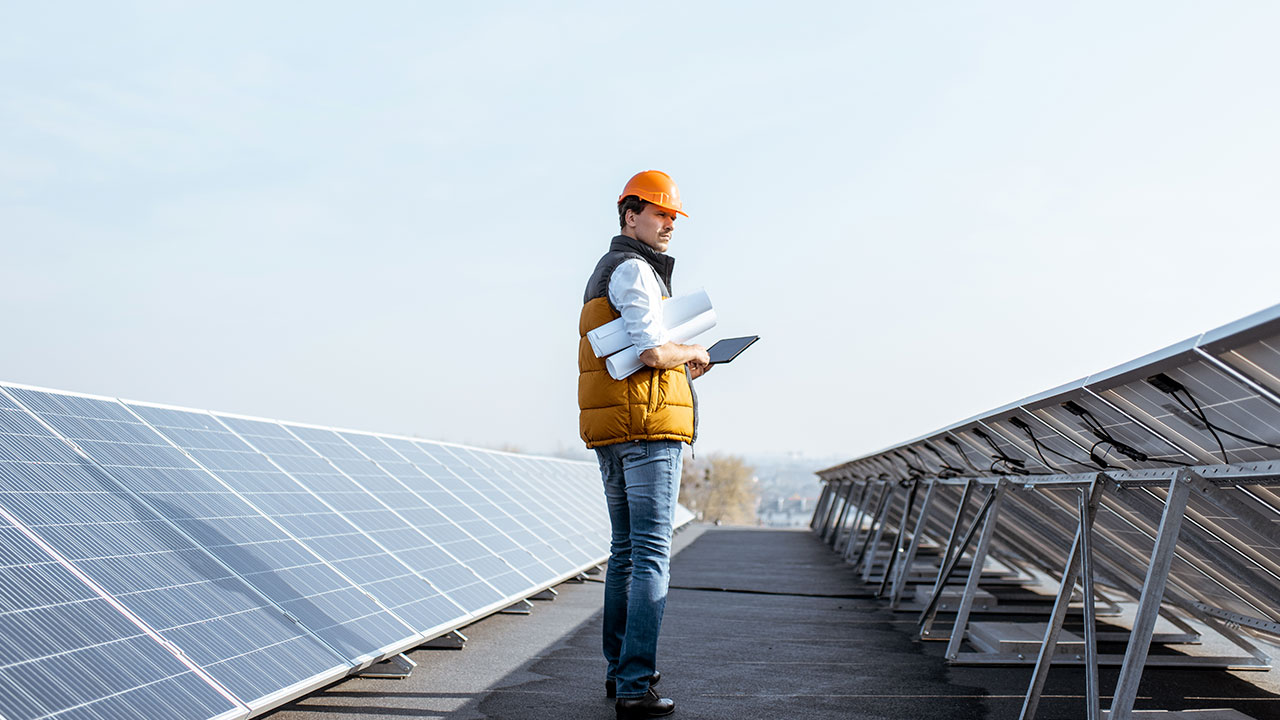Between extreme weather, installation errors, and ordinary wear and tear, roofs can go through a lot.
While a commercial EPDM roof can be warrantied for up to 35 years, and a traditional bitumen roof might be warrantied for up to 20, will this be useful to you, the facility owner, in real life?
If your roof starts to break down before your warranty expires, there are any number of reasons why you may not be able to collect on your guarantee as planned. Instead of relying on warranty replacements, you need to conduct preventive maintenance and inspections.
Why is a Warranty Different from a Guarantee?
As a facility manager, it’s altogether unlikely that you’ll be working at the same building for the entirety of your roof’s lifespan. Instead, you’ll probably find yourself inheriting a roof that someone else looked after. Let’s say that you take charge of the roof in year 20 out of a 35-year warranty, and that it needs some repairs. What could go wrong?
- The roofing contractor went out of business 10 years ago
- The roofing contractor is under new ownership, and they lost your paperwork
- The contractor decides that the damage to your roof isn’t covered under warranty
Even if you manage to thread the needle and get your warranty honored, you still might have something like a materials-only warranty, in which the cost of labor isn’t covered. This means that you’ll still accrue a substantial expense for a roof replacement that’s well in advance of the roof’s projected lifetime. It also might be prorated, which means that the contractor will only pay the remaining value of the roof as opposed to the full amount.
Lastly, all roofing warranties specify that building owners are responsible for maintaining a commercial roof to a reasonable extent. In short, there is no dimension in which you can rely on a warranty to cover roof replacements. You need to maintain your roof as if there is no such thing as a warranty— because that’s the only way you’ll qualify for a warranty in the first place.
How Do You Perform Preventive Maintenance?
In terms of preventive maintenance, a roofing contractor is going to require you to go through a few steps to prove that you’ve done due diligence.
Your first step is to conduct roof inspections twice a year—once a quarter is better—and to keep records of every inspection. This means logging debris that was found and removed, taking note of damage, making prompt repairs, and keeping invoices and receipts.
The edge of the roof is going to be of particular concern, as most leaks occur at the roof edge, but other areas must be maintained as well. Flashings and penetrations are often the first areas to go, so they also need special attention. Finally, any equipment that sits on top of the roof—such as pipes, cables, HVAC equipment, etc.—also has the potential to damage the roof.
By keeping an eye on areas that have the potential for issues, you’ll be able to catch much if not all of the damage your roof is experiencing. What’s most important is to repair minor damage before it becomes a major problem. Even imperfections that look small should be addressed as soon as they are noticed.
Rooftop Supports Improve the Effectiveness of Preventive Maintenance
If the people who inspect and maintain your roof are walking directly on the roof surface, then there’s a chance that they cause more damage than they prevent. Walking directly on the roof surface has the potential to tear the membrane and crush insulation, making your roof more susceptible to leaks and your building more expensive to cool.
Implementing a system of rooftop supports created by PHP Systems/Design can keep your rooftop safe while protecting your workforce. Our custom roof access walkways distribute weight across a wide surface area with their ballasted feet. This protects the roof surface without penetrating the membrane or damaging the materials underneath. In addition, implementing rooftop supports can dramatically improve worker safety. By adding stairs and ramps over ledges and placing handrails on elevated paths, you can avoid slips and falls.
Interested in a roof access walkway network that can improve your ability to perform preventive maintenance? Consider investing in a custom roof access system to really protect your investment.




